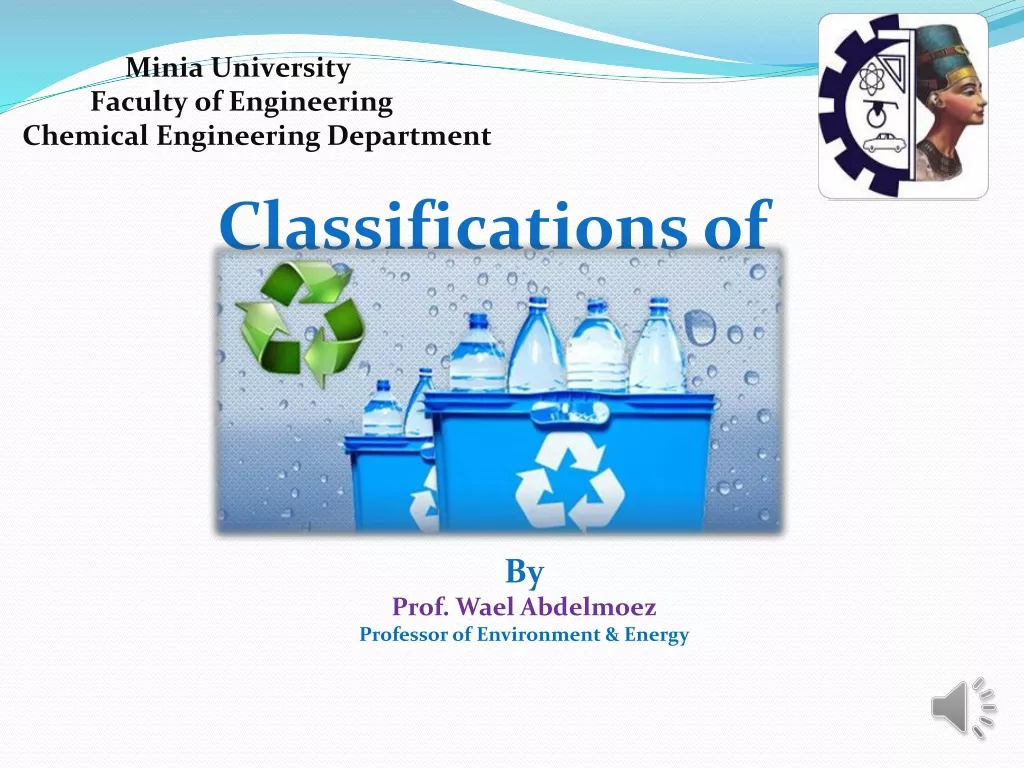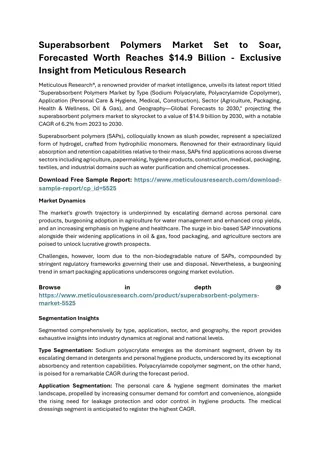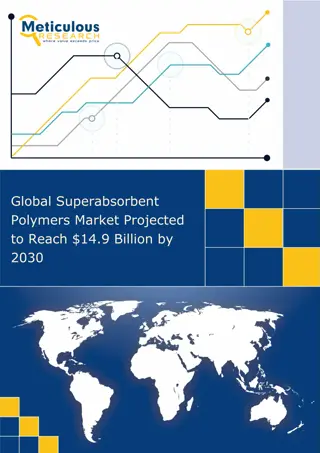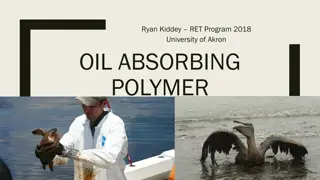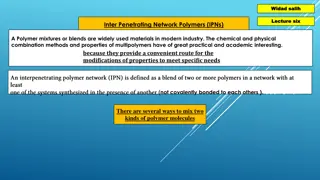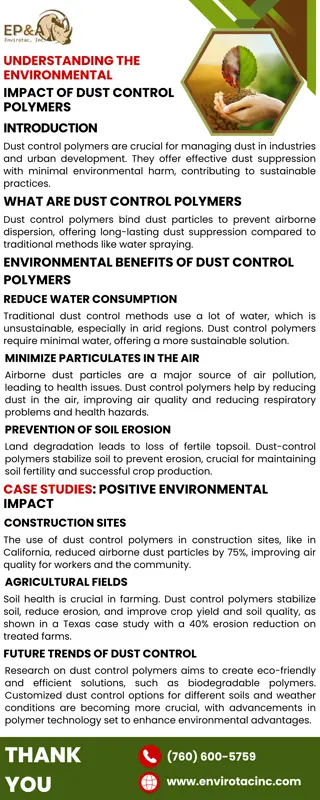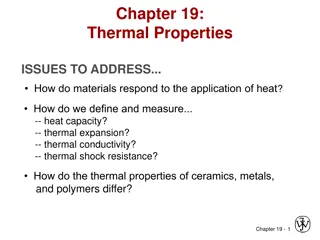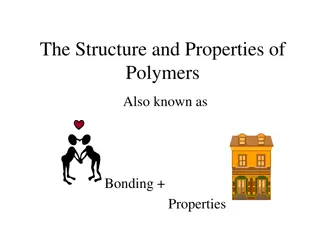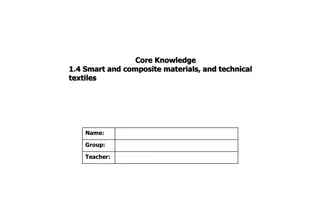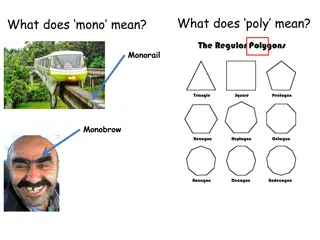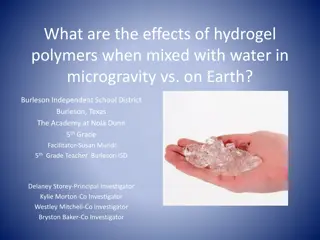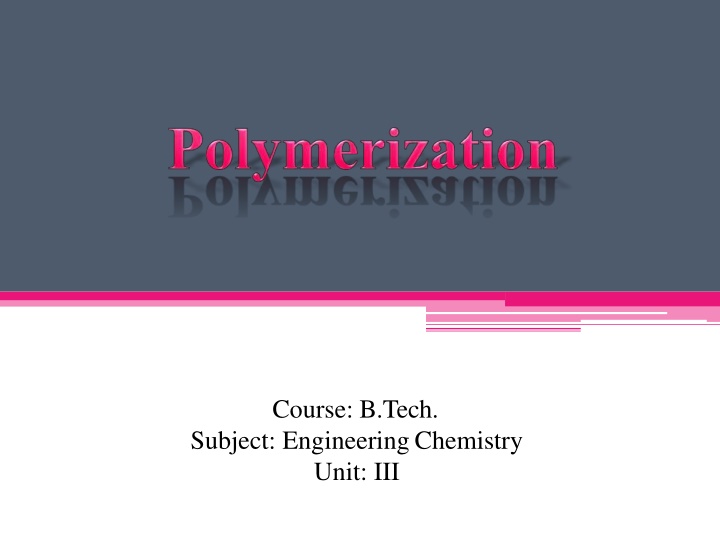
Polymers in Engineering Chemistry Unit III
Explore the basic concepts of polymers in engineering chemistry. Learn about addition and condensation polymerization, their classification, and examples like polythene and nylon. Understand the process of polymer formation and types of polymers produced.
Download Presentation

Please find below an Image/Link to download the presentation.
The content on the website is provided AS IS for your information and personal use only. It may not be sold, licensed, or shared on other websites without obtaining consent from the author. If you encounter any issues during the download, it is possible that the publisher has removed the file from their server.
You are allowed to download the files provided on this website for personal or commercial use, subject to the condition that they are used lawfully. All files are the property of their respective owners.
The content on the website is provided AS IS for your information and personal use only. It may not be sold, licensed, or shared on other websites without obtaining consent from the author.
E N D
Presentation Transcript
Course: B.Tech. Subject: EngineeringChemistry Unit: III
Definition: Basic concepts Polymers: A polymer is a long molecule formedby joining together of thousands of small molecular units by chemical bonds. Monomers: Small molecules which combine together to formpolymer molecules are known as Monomers. Polymerization: The chemical process leading to the formation of polymer is known as Polymerization. The number of monomeric units contained in the polymer is known as the Degree of Polymerization.
Classification of Polymerization Addition polymerization / Chain polymerization Condensation / Step polymerization
Addition / Chain polymerization Addition is a reaction that yields a product, which is an exact multiple of the original monomeric molecule. Addition polymerization is the joining together of two or more simple molecules, called Monomers, to form a new compound of the same empirical formula, called a polymer which has a very high molecular weight.
The polymers formed by addition polymerisation are thermoplastic. These include Polythene, Polypropylene Polystyrene
Example:Ethene to polythene Ethene Ethene Ethene Polyethene
Condensation/Step Polymerization A reaction occurring between simple polar-group- containing monomers with the formation of polymer and elimination of small molecules like water ,HCl. This may be defined as the process in which the monomer molecules of different compounds combine with the loss of some simple molecules, like water, or HCl.
This process can produce both thermoplastics and thermosetting plastics. e.g. Polyesters nylon are formed by this process.
Copolymerization Copolymerization is the joint polymerization of two or more monomer species. High molecular weight compounds obtained by copolymerization are called Copolymers.
Industrial applications of Polymerization Acrylonitrile-butadiene-styrene (ABS): Refrigerator lining, lawn and garden equipment, toys Acrylics:Lenses, transparent aircraft enclosures Nylons: Bearings, gears Polyethylene: Flexible bottles, toys, tumblers, battery parts, ice trays
References 1.Engineering chemistry by Jain and Jain 2.https://2012books.lardbucket.org 3.http://matse1.matse.illinois.edu/polymers/prin.html 4.https:// chem-guide.blogspot.com

